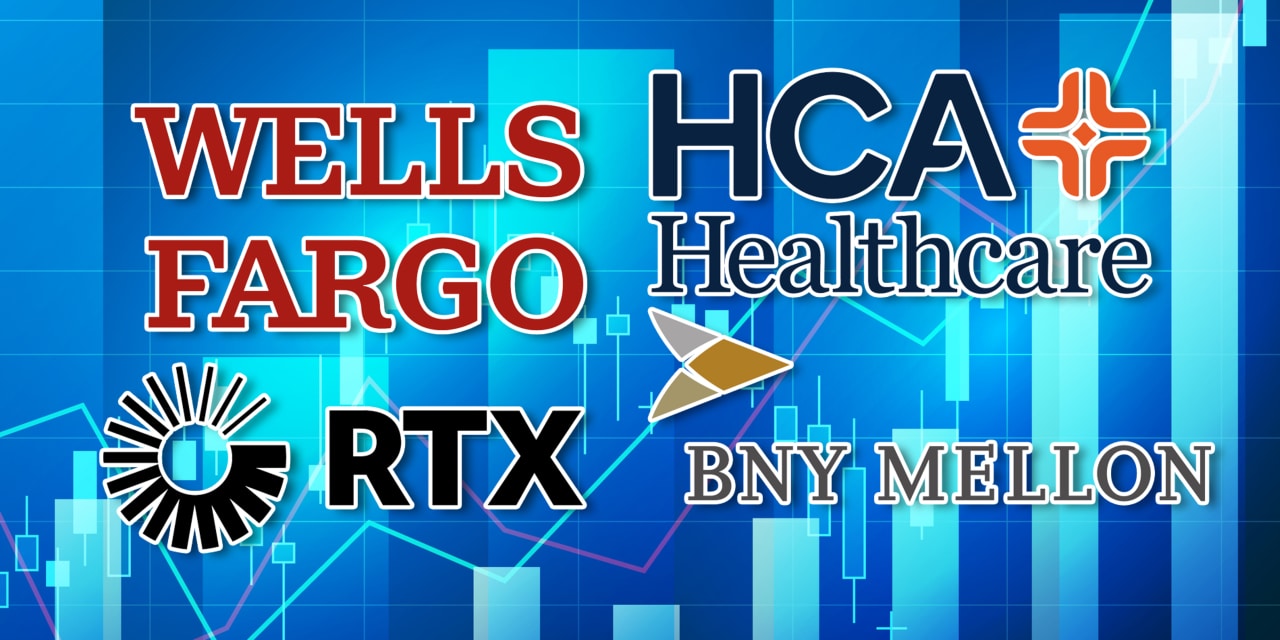Investors and money managers often assign stocks to value or growth camps. Value stocks tend to be those of mature companies that trade at relatively low ratios of price-to-earnings or to-book value. Growth stocks tend to command a premium because the companies are expanding rapidly.
But there are different ways to select value stocks. It turns out that two of Invesco’s exchange-traded funds that focus on companies that have been reducing share counts quickly by buying back shares have outperformed traditional value-stock indexes.
An orthodox approach to value
If you want some of your investment portfolio to lean toward value stocks, you can easily hold shares of a fund that tracks S&P 500 Value Index, which is a subset of the full S&P 500
S&P Dow Jones Indices divides the S&P 500 into the S&P 500 Value Index and the S&P 500 Growth Index by scoring stocks based on various factors. Valuation metrics include book value, earnings and revenue to price, while growth metrics include trailing three-year growth rates for earnings and revenue, as well as 12-month price momentum.
The S&P 500 Value Index is tracked by the iShares S&P 500 Value ETF which holds 399 stocks. The fund is rated four stars (the second-highest rating) within Morningstar’s “U.S. Fund Large Value” category.
The buyback approach to value
The Invesco BuyBack Achievers ETF was established in December 2006. It tracks the Nasdaq U.S. BuyBack Achievers Index. The index is made up of 200 companies that had reduced their diluted share counts by at least 5% from a year earlier the last time the index was reconstituted. This happens every January and the index and fund are also rebalanced quarterly in April, July and October. The index and fund are weighted by market capitalization subject to a limit of 5% for any stock when they are reconstituted or rebalanced.
The idea behind stock repurchases is that a reduction of a company’s share count will lower the number of shares and raise earnings per share. This can support higher share prices over the long term. Buybacks might only serve to mitigate dilution caused when companies issue new shares and hand them to executives as part of their compensation. This is why the Nasdaq U.S. BuyBack Achievers Index is focused on net buybacks — those that actually reduce share counts.
Related:
20 companies in the S&P 500 whose investors have gained the greatest rewards from stock buybacks
The average market capitalization for companies in the Invesco BuyBack Achievers ETF is $70 billion. The fund is rated five stars within Morningstar’s “U.S. Fund Mid-cap Value” category.
Here is a 10-year chart showing how the Invesco BuyBack Achievers ETF has performed against the iShares S&P 500 Value ETF:
Returns in this article include reinvested dividends and are net of expenses, which come to 0.61% of assets under management annually for the Invesco BuyBack Achievers ETF. The expense ratio for the iShares S&P 500 Value ETF is 0.18%.
And here are year-to-date returns through Monday and average returns for longer periods:
| Exchange-traded fund | Ticker | 2025 return | 3 year avg. return | 5-year avg. return | 10-year avg. return | 15-year avg. return |
| Invesco Buyback Achievers ETF | 5.3% | 17.3% | 17.0% | 10.6% | 13.7% | |
| iShares S&P 500 Value ETF | 1.2% | 14.2% | 14.1% | 9.7% | 11.5% | |
| Source: FactSet |
PKW has outperformed IVE consistently.
Nick Kalivas, Invesco’s head of factor and core strategy for exchange-traded funds, told that PKW’s focus on recent buyback activity is “a derivative value strategy” because stocks weren’t selected based on traditional price valuations.
“It is a value strategy that uses the signal of management action to indicate that a stock is inexpensive,” he said.
In other words, these companies’ boards of directors believe that the money they are using to repurchase shares is better spent than it would be on expansion or acquisitions.
In his annual letters to shareholders, Berkshire Hathaway Inc. Chief Executive Warren Buffett has repeatedly stressed the importance of prudent buybacks. You can access all of Buffett’s annual letters
here
.
In the
1999 letter,
Buffett wrote: “There is only one combination of facts that makes it advisable for a company to repurchase its shares: First, the company has available funds — cash plus sensible borrowing capacity — beyond the near-term needs of the business and, second, finds its stock selling in the market below its intrinsic value, conservatively-calculated.”
The following is a list of the largest 10 companies held by the Invesco BuyBack Achievers ETF, by market capitalization. It shows how their share counts (used to calculate earnings per share) changed over the course of 2024. These share counts might be different than the ones used in January when the Nasdaq U.S. BuyBack Achievers Index was reconstituted, because of varying timing for companies’ financial reporting:
| Company | Ticker | Market cap ($bil) | Change in share count for one year through Dec. 31 | 2025 total return |
| Wells Fargo & Co. | $251 | -6.8% | 11% | |
| RTX Corp. | $195 | -6.4% | 27% | |
| Booking Holdings Inc. | $174 | -6.8% | 8% | |
| Caterpillar Inc. | $172 | -4.7% | 2% | |
| Comcast Corp. Class A | $129 | -5.8% | -6% | |
| HCA Healthcare Inc. | $91 | -5.3% | 27% | |
| Marriott International Inc. | $72 | -5.8% | -5% | |
| PayPal Holdings Inc. | $70 | -6.1% | -16% | |
| Bank of New York Mellon Corp. | $64 | -5.0% | 18% | |
| Vistra Corp. | $63 | -6.0% | 36% | |
| Source: FactSet |
Click the tickers for more about any ETF, index or company.
Read:
Tomi Kilgore’s detailed guide to the information available on the quote page
An international buyback focus
The Invesco International Buyback Achievers ETF was established in April 2014. It follows a similar approach to that of PKW by tracking the performance of the Nasdaq International BuyBack Achievers Index.
IPKW’s performance can be compared with that of the iShares MSCI International Value Factor ETF which tracks the performance of the MSCI World ex USA Enhanced Value Index. Here is a 10-year total-return comparison through Monday:
Kalivas pointed out that IPKW is about 7.5% concentrated in companies based in China. “People who are worried about government policy interfering with profitability can gain access to Chinese companies lowering the share counts,” he said.







